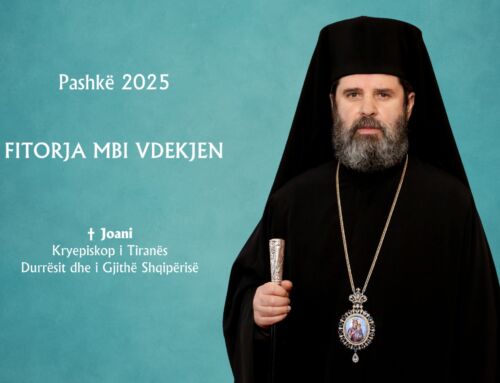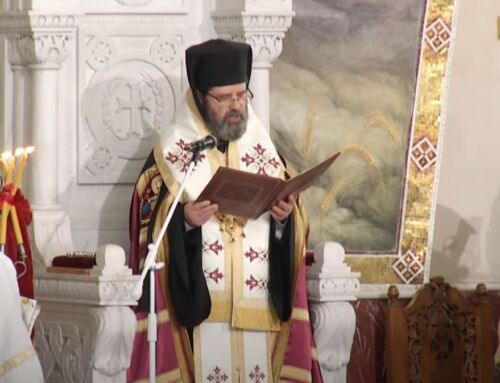Major Trends
The twelfth century saw the continual struggle of the Comneni imperial dynasty in Constantinople with the crusading Latins from the West and the encroaching Moslem Turks in the East. The emperor Alexius Comnenus officially sanctioned Mount Athos as the center of Orthodox monasticism. Eudiymios Zigabenus produced his Dogmatic Panoply, a handbook of the official doctrines of the Church. Although there was a genuine interest in theology in the empire at this time, the actual theological work in Eastern Christendom was limited to a repetition and cataloging of traditional doctrines.
Art and architecture developed in the twelfth century with such classical Byzantine monuments as the church buildings and mosaics of the Church of Saint Luke and the Church of Daphni near Athens. In Russia Saint Alypius (d. 1114), the “father of Russian iconography,” lived in this period. Some of the greatest architectural and iconographic achievements of Novgorod, Vladimir, Suzdal, and Pskov came from this time.
Kievan Russia
Christianity in Kievan Russia continued to expand and develop. A fire in Kiev in 1124 is reported to have destroyed six hundred church edifices -an indication of the great development of this cosmopolitan city which had become a leading center of European and Byzantine culture and trade. Early in this century, the Prince Vladimir Monomakh (d.1125) wrote his famous “charge to my children,” a document intended to guide his sons in their lives as Christian leaders. Byzantine influence was still very strong in Kievan Christianity. The Russian Primary Chroniclecontaining the lives of many early Kievan saints, was edited traditionally by the monk Nestor of the caves monastery.
Serbia
The twelfth century witnessed the emergence of Serbian statehood through the efforts of the ruler Nemanya (1113-1199). It was Nemanya’s son, Rastko, who fled to Mount Athos to become a monk by the name of Sava. He was destined to become the great national saint and leader of the Serbian people. Sava finally brought his father to Mount Athos to end his life in the monastic habit with the name of Simeon, canonized by the Church as Saint Simeon the Myrrh-flowing. The Byzantine emperor Angelos gave the Serbian father and son the monastery of Hilandari on Mount Athos which remains until today as the Serbian monastery on the holy mountain.
The West
Together with the centralizing of papal power and the victory of the papacy over the secular rulers, the twelfth century West saw the rise of the Victorine school of Augustinian theology led by Hugo (d.1141) and Richard of St. Victor (d.1173). At this time Peter Lombard wrote his influential Sentences, while on the more popular level the spiritualistic, dualistic movements of the Waldensians and Albigensians were making their impact.


